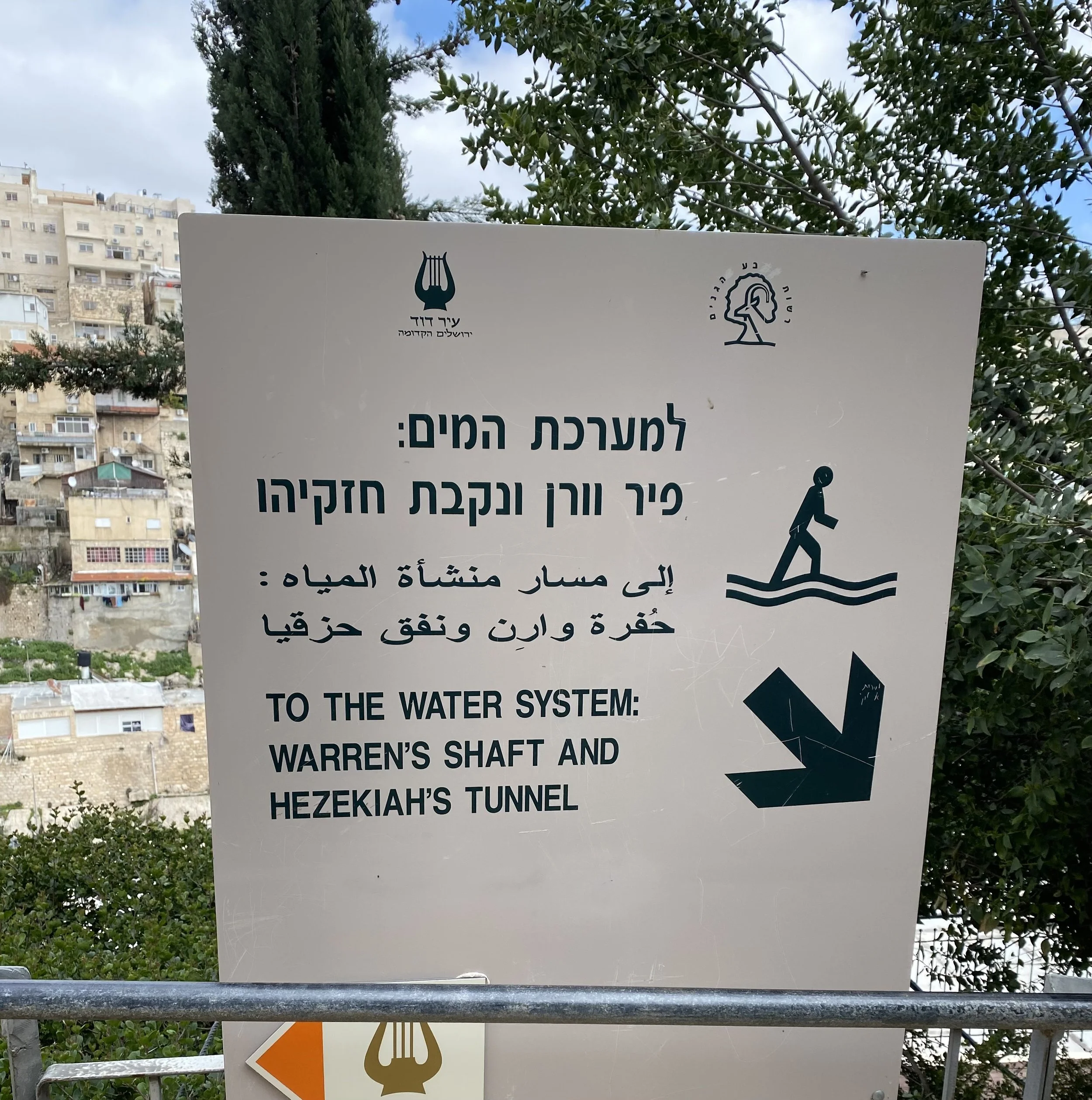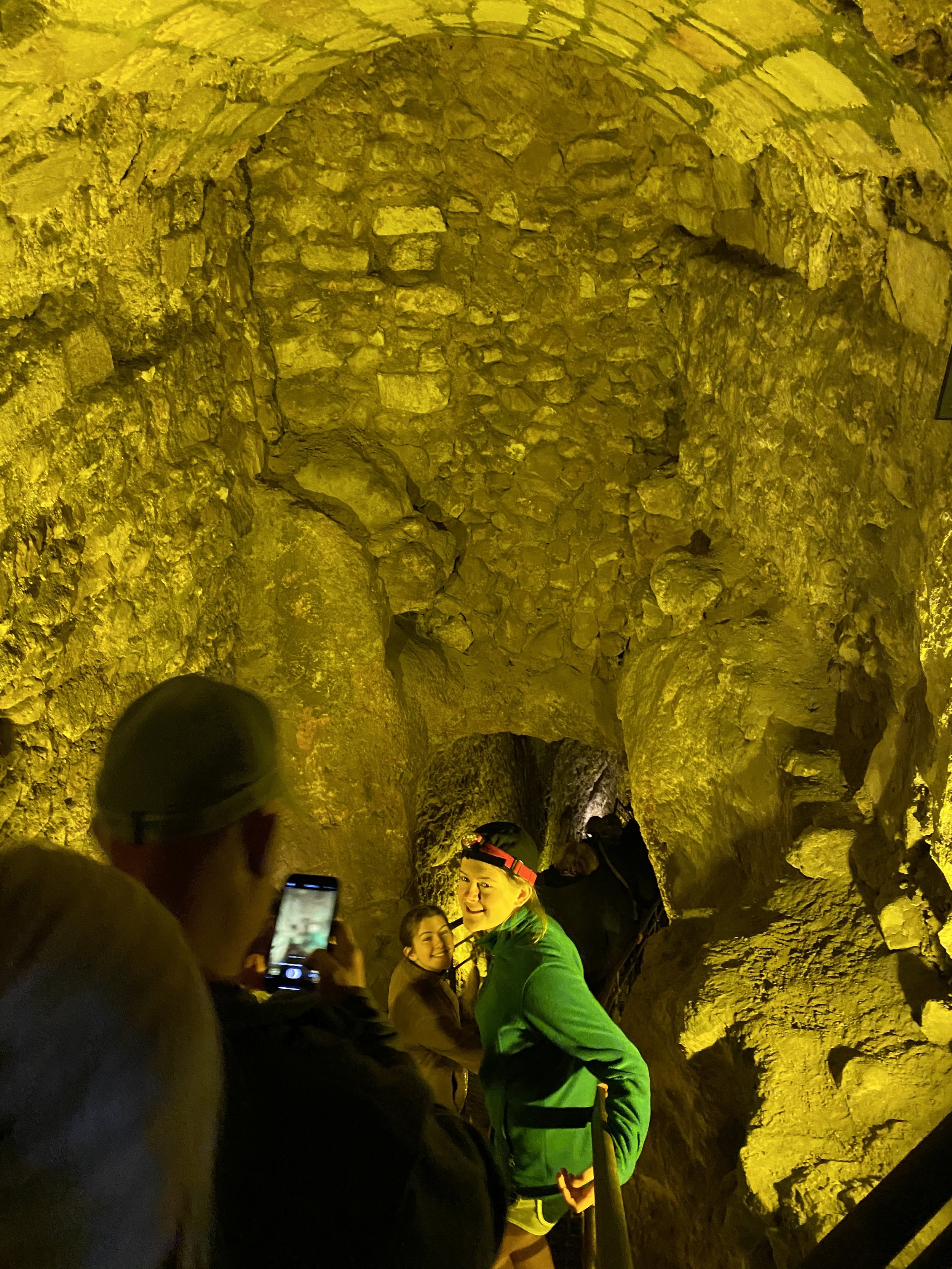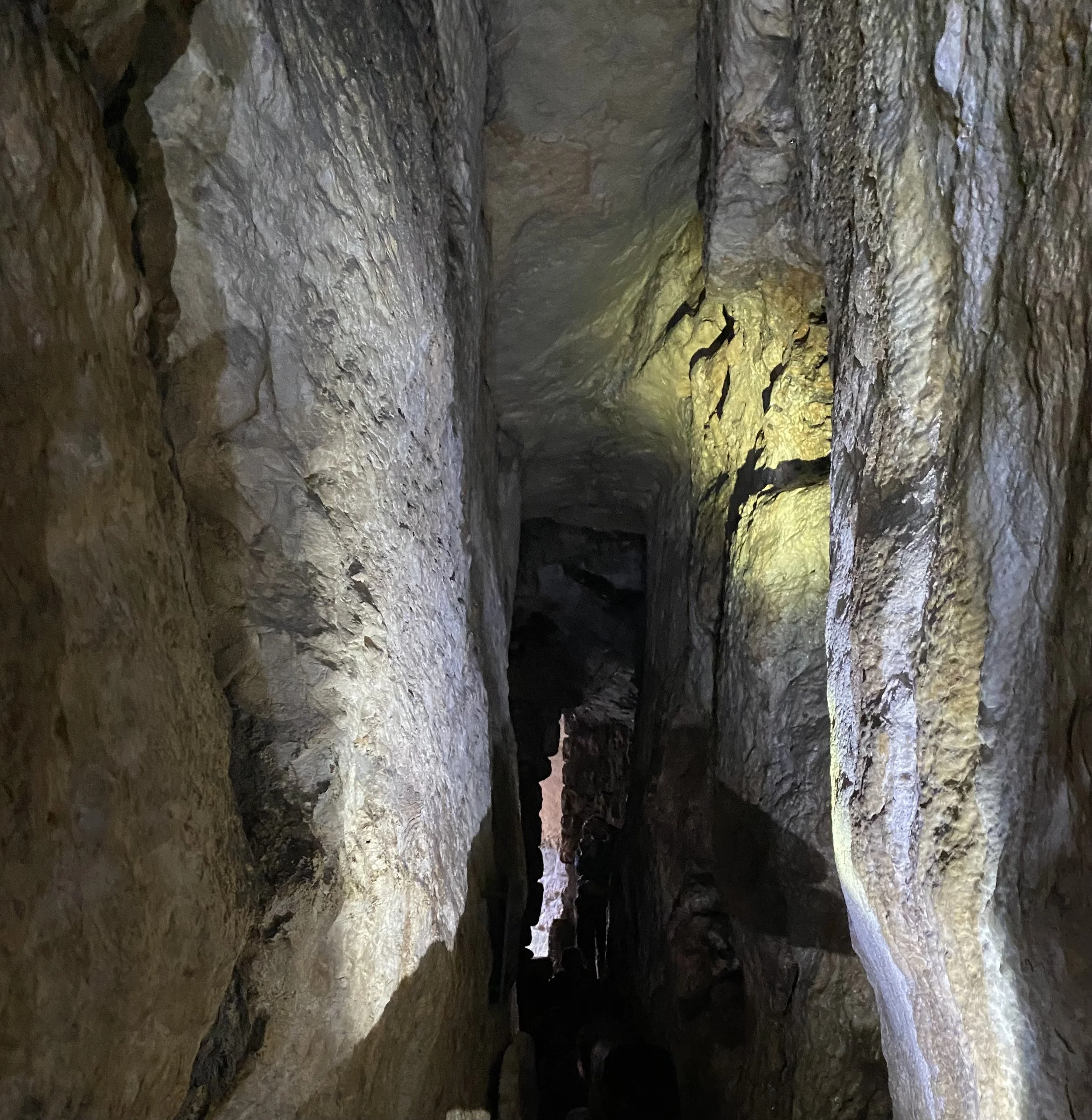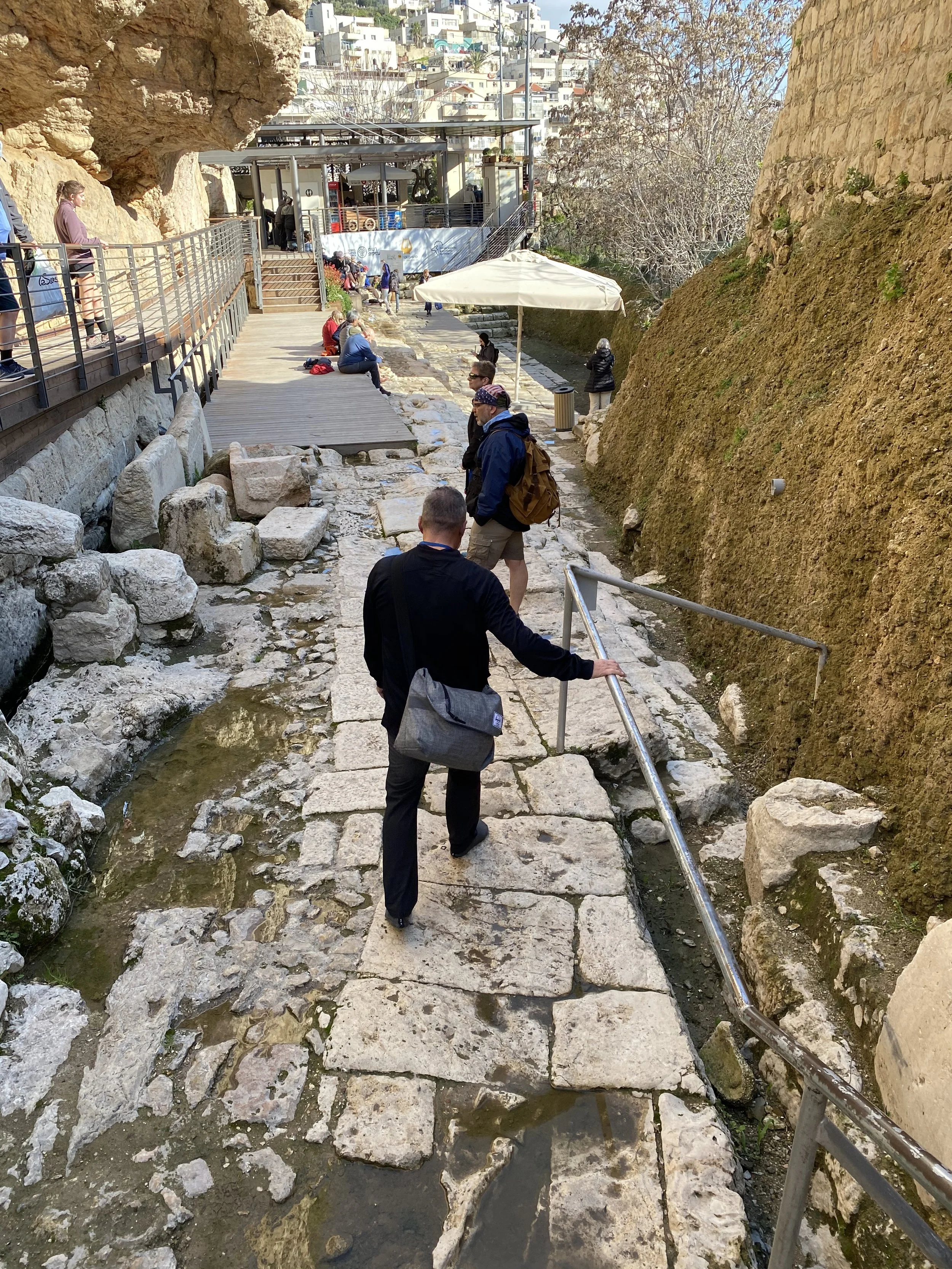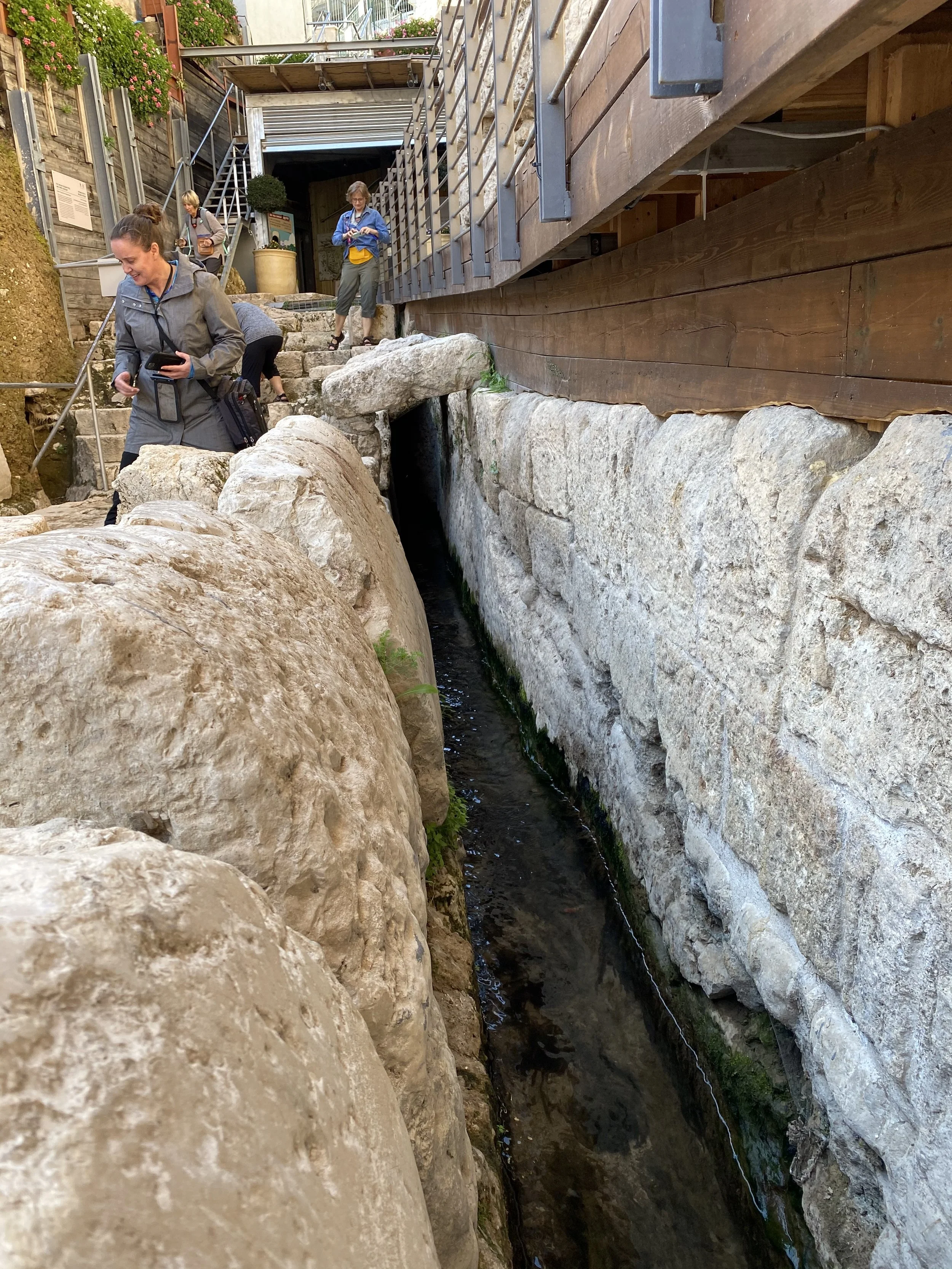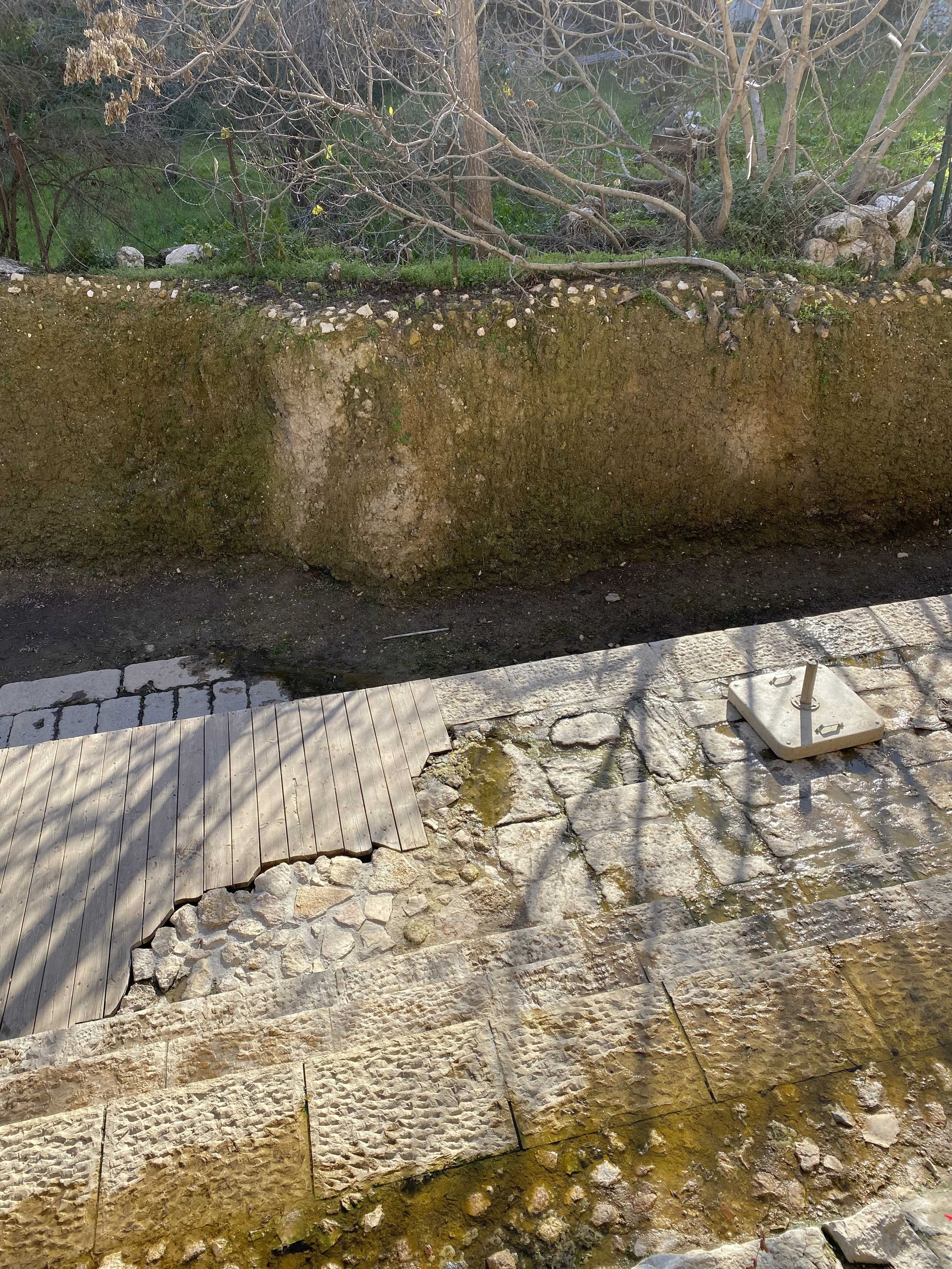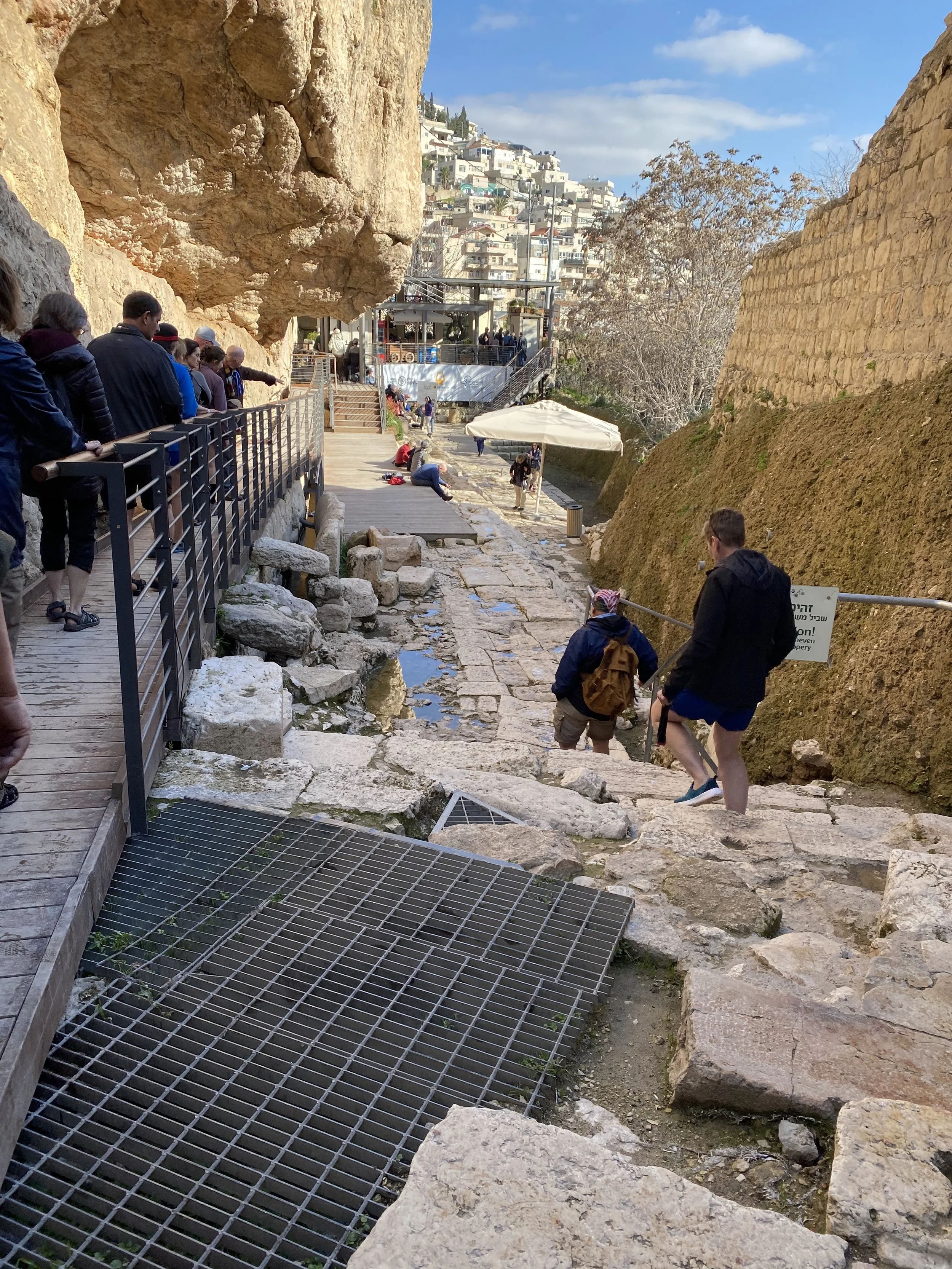Hezekiah’s Tunnel
“The rest of the deeds of Hezekiah and all his might and how he made the pool and the conduit and brought water into the city, are they not written in the Book of Chronicles of the Kings of Judah?” 2 Kings 20:20
Hezekiah’s tunnel is a 1750 foot long water tunnel that connects the Gihon Springs (outside of the the Jerusalem city walls at the time of King Hezekiah) with the Siloam Pool at the south end of the ancient city. This incredible engineering project was carried out by Hezekiah who wisely understood that the rebellion of the western provinces of Assyria after the death of King Sargon II (conqueror of the Northern Kingdom of Israel) would not go unpunished. Sargon II’s son, Assyrian King Sennacherib, enacted revenge on Judah which is well recorded in 2 Kings 18-20 and by Sennacherib himself on the Sennacherib Prism. Hezekiah knew Assyria was coming, and while the other fortified cities of Judah were falling under sieges by the Assyrian army, including Lachish, Hezekiah made plans. His plans included not only storing food and ensuring a safe water source inside the wall, but prayer and pleading to God. 2 Kings 19:35 records God’s answer to prayer when the Assyrian camp outside of Jerusalem was thrown into confusion and thousands of Assyrians soldiers killed. Sennacherib told it this way on his prism: “As for Hezekiah, I shut him up like a caged bird in his royal city of Jerusalem…. Fear of my greatness terrified Hezekiah. He sent to me tribute…”.
Hezekiah’s tunnel is still a marvel today. You can walk the length of the tunnel, through water, and get a personal feel for how difficult it must have been for 2 teams of workers with no power tools, working from opposite ends, to meet in the middle and complete this tunnel. Hatch marks are still visible on the walls. An inscription about 20 / 25 feet from the pool end of the tunnel, the Siloam inscription, describes how it was done. This inscription was found in the late 1800’s by some boys playing in the water of the pool and tunnel. Thank goodness numerous casts and impressions were made of the inscription, because it was soon crudely cut out of the wall and stolen and broken in the process. It eventually made its way back into Ottoman authority hands and remains in the Istanbul Archeological Museum today.
Our pictures of the tunnel and pool were taken in 2020 - and wow do things at the pool look different today!! Excavations of a much greater extent of the pool and surrounding areas are amazing to follow. God willing we will get back there some day!

